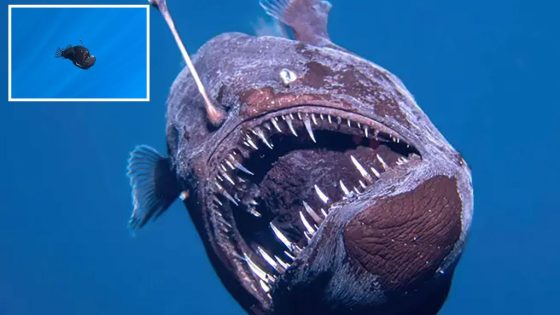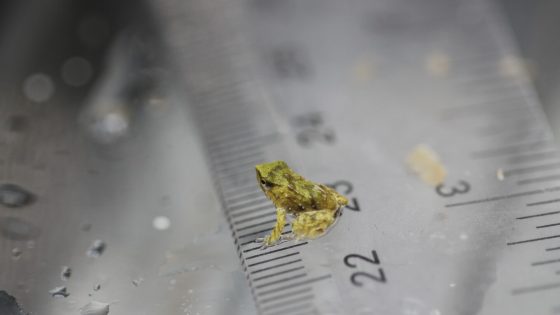A deep-sea anglerfish, known as the “black seadevil,” was spotted swimming near the surface of the water off the Canary Islands earlier this month. This rare sighting was made by Condrik Tenerife, a Spanish NGO focused on marine research, and marine photographer David Jara Borguña.
- Rare deep-sea anglerfish sighting reported
- Spotted near Canary Islands' surface
- Known as "black seadevil," Melanocetus johnsonii
- Typically found 650 to 6,500 feet deep
- Female anglerfish have bioluminescent lure
- Sighting considered extremely unusual by researchers
The deep-sea anglerfish, scientifically known as Melanocetus johnsonii, is usually found in the Bathypelagic Zone, where it resides between 650 and 6,500 feet below the ocean surface. This zone is characterized by constant temperatures around 39 degrees Fahrenheit and extreme water pressure exceeding 5,850 pounds per square inch. The fish’s bioluminescent lure, a feature of only female anglerfish, helps it attract prey in the dark depths of the ocean.
According to Condrik Tenerife, sightings of this species are exceedingly rare, with most records consisting of larvae, deceased specimens, or those observed during deep-sea expeditions. The organization expressed surprise at the fish’s presence in shallower waters, noting that it is unclear why it ventured so far from its typical habitat. The research team stated, “This find will be remembered forever.”
Researchers continue to investigate the circumstances surrounding this unusual sighting. They aim to understand more about the behavior of deep-sea species and the factors that may lead to such occurrences. The anglerfish’s unique adaptations and ecological role in the ocean’s depths make it a subject of interest for marine biologists.
This sighting of the black seadevil highlights the mysteries of the ocean and the challenges researchers face in studying deep-sea life. The unusual location of this anglerfish raises questions that may lead to new discoveries in marine science.






![[BREAKING] Fire erupts on Air Busan Plane at Gimhae Airport; All 176 onboard safely evacuated](https://news.faharas.net/wp-content/uploads/2025/01/Fire-Breaks-Out-on-Air-Busan-Flight-at-Gimhae-Airport-560x315.png)


























